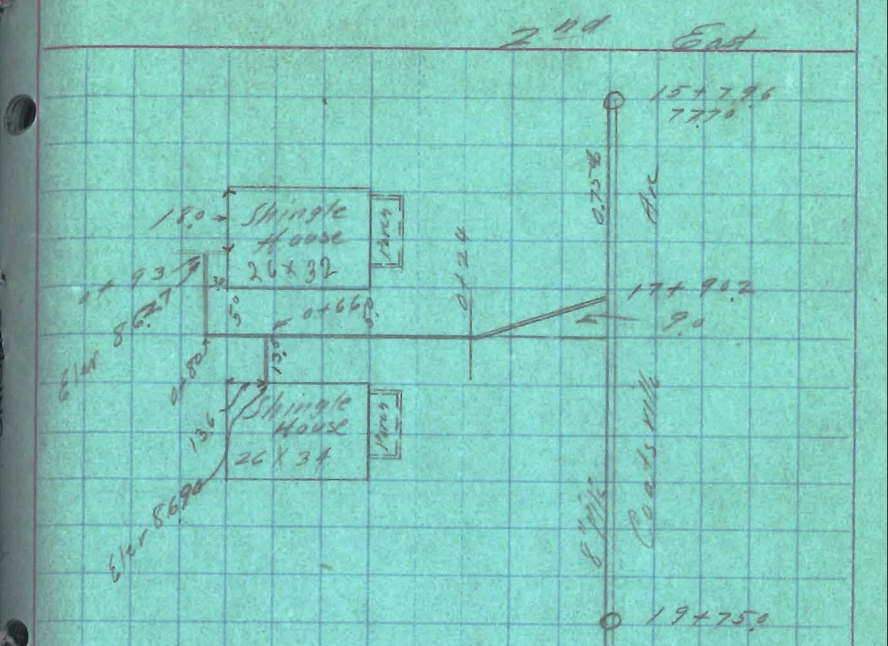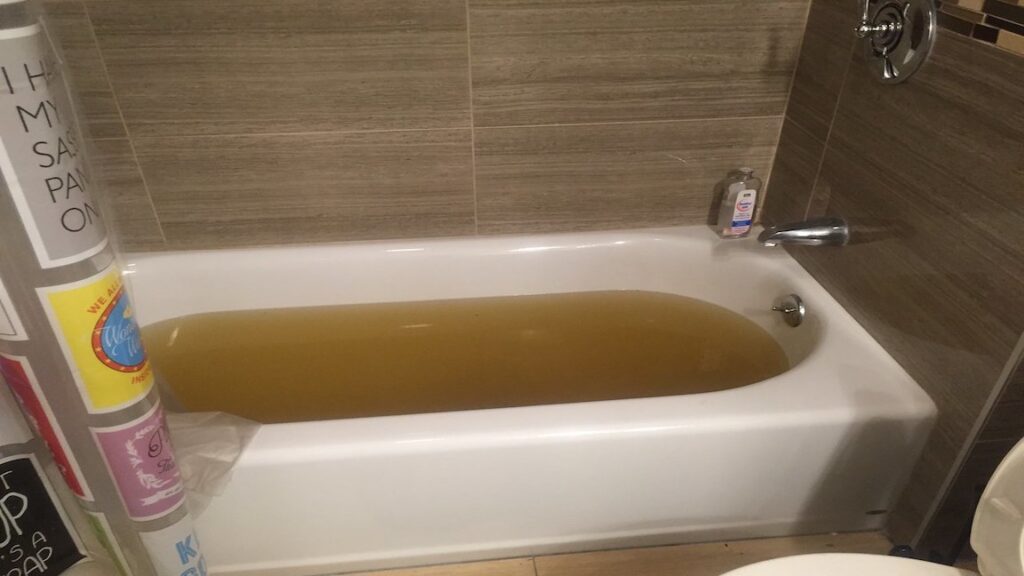Arming buyers with the right information can help them avoid common sewer line issues or navigate them when they happen, real estate agents told Inman.
It was just another day in June 2019 when a Billings, Montana, family was hit with a six-figure sewage problem.
A sewer main backed up, and discharge from around the neighborhood swamped up through the plumbing to fill the basement of their home.
The eventual damage — estimated at around $100,000 — and ensuing struggle to get the city to help rectify the problem has led to litigation that reached the state’s Supreme Court, according to the Daily Montanan.
It’s a potential problem that many homeowners like to keep far below the mental surface in the hopes it won’t gurgle or waft to reality: will this home face sewer problems, and what can be done to prevent it from happening or protect the home if it does?
Mason Conley
Inman reached out to a handful of real estate professionals for the common issues their clients have run into when buying a home and the advice they give to help them navigate before fear turns to reality.
“It’s not a matter of if it will fail,” said Mason Conley, a Realtor with Keller Williams Realty in Salt Lake City, where it’s common to find homes built in the early 20th century with sewer lines that often haven’t been updated.
“It’s really a matter of when.”
Get it scoped
Agents tell Inman the first line of defense starts with a standard sewer scope before a purchase. This can give valuable information about the materials used for the sewer line and any existing damage like roots, cracks or blockages.
“Always do a sewer scope,” Conley said.
That doesn’t just apply to old homes. Builders have used a variety of materials to build lateral sewer lines over the years — sometimes three in one home. Even new-builds can come with problems baked in.
“If it’s a new construction home, we always do sewer scopes because there’s plenty of stories of drywall being flushed down the toilet on new construction,” said Greg Sobotka, principal real estate broker with Think Real Estate in Portland, Oregon. “Or someone parked a loader and the ground hasn’t settled and now there’s a belly in the line.”

Buyers might want to check to see if the home they’re considering is shared with a neighboring home. Many cities offer maps that show the location, age and other information about a home’s sewer system.
Search for ‘party lines’
They go by a variety of names, but it’s not rare for early 20th century homes to share a lateral sewer line with a neighbor.
With ‘party’ or ‘common’ lines, short sewer spurs come out of each home and meet with a shared line that runs toward the city main line. Many cities are urging or requiring homeowners to phase these out over time, which would represent a costly upgrade. So it’s good for buyers to arm themselves with the information and prepare for the worst.
Two neighbors in New Orleans who shared a line had different opinions about how to handle a backup in one of the homes when only one of the lines backed up, according to local media. The problem strained the relationship and left one owner with a mess and no clear place to turn for help. Many cities offer maps that offer valuable information about the age and location of existing sewer lines. The maps would also show whether one home’s sewer line is shared.
Pointing clients to these maps for their own cities can at the very least arm them with more information about an issue they may have to navigate later.
But it might not buy buyers much leverage in a seller’s market.

Sandra Bourgeois
“Do you want the house, or do you not want the house?” asked Sandra Bourgeois, a Realtor with Coldwell Banker Apex based in Allen, Texas. “Cause someone else is going to buy it.”
Get advice and spring for the insurance
Every agent Inman spoke to said they’d recommend clients lean on the advice from home inspectors on the magnitude of the potential problem to help them decide whether to walk away.
Most recommended searching for a form of insurance or home warranty that would cover unforeseen problems not covered by that city or town.
“You just have to be careful about what home warranty you use and what’s covered,” said Fort Worth, Texas-based Realtor Lauren Larkin, with Attorney Broker Services, who has faced similar issues at her personal homes that were covered by her home warranty. “With pipes you want to make sure you’re really looking at exactly what they all cover.”
There are options for homeowners to arm themselves with a warranty to cover the portion not covered by the city.
“Once you close, get the water and sewer insurance,” Conley said. “It’s like $10 a month and [it] can save your ass.”



 Are You Interested in West Eleventh Residences Miami?
Are You Interested in West Eleventh Residences Miami? Are You Interested in ONE Park Tower by Turnberry?
Are You Interested in ONE Park Tower by Turnberry? Are You Interested in Diesel Wynwood Condominium?
Are You Interested in Diesel Wynwood Condominium? Are You Interested in Five Park Miami Beach?
Are You Interested in Five Park Miami Beach? Are You Interested in Cipriani Residences Miami?
Are You Interested in Cipriani Residences Miami? Are You Interested in Bentley Residences Miami?
Are You Interested in Bentley Residences Miami? Are You Interested in Baccarat Residences Brickell?
Are You Interested in Baccarat Residences Brickell? Are You Interested in Aria Reserve Miami?
Are You Interested in Aria Reserve Miami? Are You Interested in 888 Brickell Dolce & Gabbana | Miami?
Are You Interested in 888 Brickell Dolce & Gabbana | Miami? Are You Interested in 600 Miami WorldCenter?
Are You Interested in 600 Miami WorldCenter? Are You Interested in HUB MIAMI RESIDENCES?
Are You Interested in HUB MIAMI RESIDENCES? Are You Interested in WALDORF ASTORIA RESIDENCES?
Are You Interested in WALDORF ASTORIA RESIDENCES?